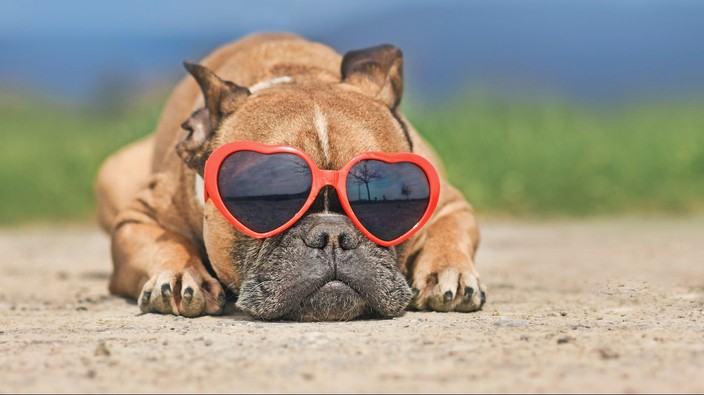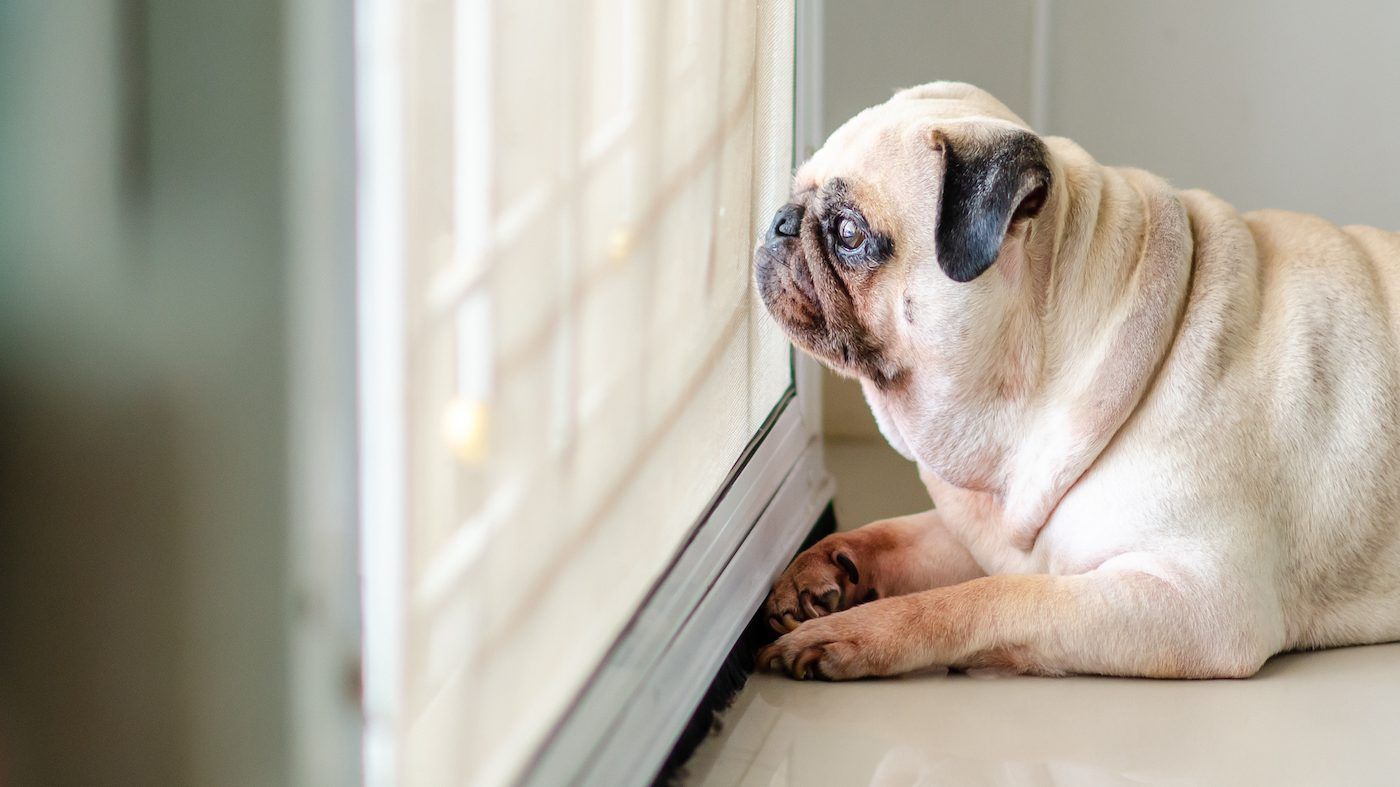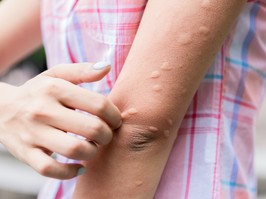from pollen to dust mites, dogs and cats can have allergies too
summertime pollens can torment your pet by causing itching, sneezing, wheezing and watery eyes.
#ask alyson: the kids promised to walk our pandemic puppy
one of the most effective ways to get your kids to take care of their responsibilities is to move away from discipline to acknowledging there is a problem in the family that needs solving.
tail-chasing, humping, licking: when your dog needs a vet
dogs do a lot of odd things, but compulsive, repetitive behaviour may be a sign of skin irritation or pain.
 5 minute read
5 minute read









